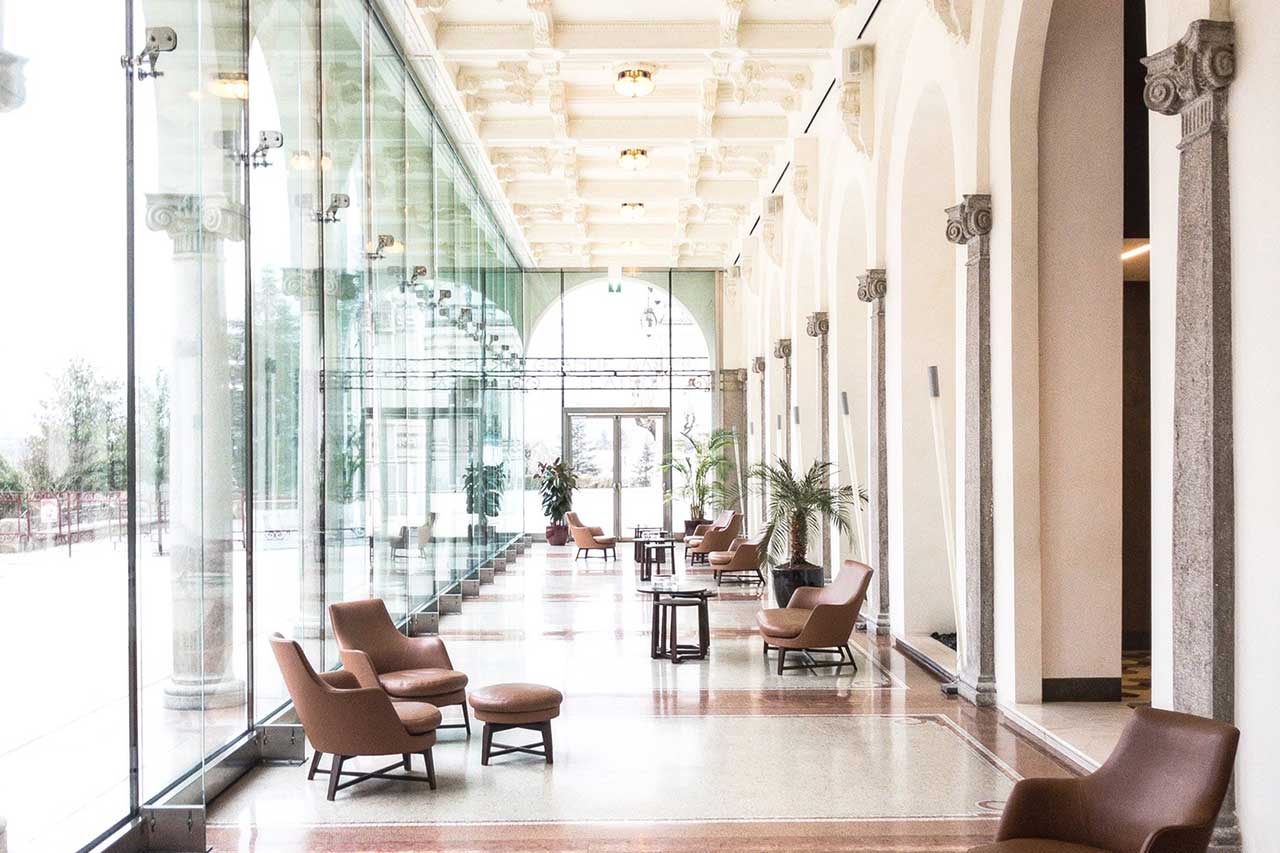
American Window Film, Inc. offers an AIA/CES (American Institute of Architects/Continuing Education System) credited course on window films. This one-hour AIA/CES course is an introduction to window film application as a daylighting strategy for architects and engineers. After completing the course and ten-question quiz, credit earned will be reported to CES Records for AIA members. 3M Company and The Continuing Architect are Registered Providers with the AIA/CES and as a 3M Authorized Prestige Window Film Dealer, American Window Film, Inc. is qualified to offer the course.
Course attendees will gain knowledge of window films including different types and materials; commercial, retail and residential window film applications; their features and benefits relative to energy savings and safety of people and property; and architectural/designer application potential. Solar Control, Security, Architectural/Designer and Privacy window film options are examined in the presentation.
The course also provides insight on submitting CSI (Construction Specifications Institute) specifications for appropriate window films for specific purposes. Additionally, the course reviews the history and basics of window films including their construction and performance specifications.
Current requirements to obtain LEED (Leadership in Energy and Environmental Design) certification have increased demand for products that implement practical and measurable green building design and construction solutions. Many window films qualify for LEED credits. LEED credit categories for window films include Energy and Atmosphere, Daylight and Views, Light Pollution Reduction, Optimized Energy Performance and many others that help to improve LEED rating status. (Categories are listed in the course presentation.) Global recognition of the window film industry was received in 2009 when the NFRC (National Fenestration Rating Council) agreed to certify window films.
Course highlights include differences in construction and benefits of metalized and non-metalized window films for interior and exterior use and discussion on window film specifications including Solar Heat Gain Coefficient, Shading Coefficient and Total Solar Energy Rejected. A major benefit of window film is the reduction of Solar Heat Gain and its associated energy cost savings. A “rule-of-thumb” for energy savings is that for every 100 square feet of window film installed on glass exposed to the sun, about one ton of air conditioning is saved. Course discussion includes information on equipment and software available for measuring temperatures pre- and post-application and projecting return-on-investment. Although there are many simple calculators available that will help to estimate potential energy savings, the window film industry has developed an energy savings analysis simulation program called E-Film – designed to calculate estimated energy savings when using solar control window films. E-Film projections can be helpful when attempting to qualify for utility company incentives.
As safety is a major benefit of window film, construction and specifications related to security films are examined in the course. Blast and Missile Impact testing performance is demonstrated relative to windstorm protection against flying debris. Security films help prevent damage to property that can result from exposure to the elements. They are a low-profile deterrent to smash-and-grab crime and vandalism. Additional window film benefits include improved interior comfort through the reduction of temperature imbalances, reduced UV/fade damage to fabrics and furnishings, reduced nuisance glare and overall improvement to a building’s exterior appearance.
Architectural/designer and privacy films are also in demand. Flat glass essentially becomes a canvas for a creative film design. Among a variety of designer options, these films can provide an etched glass look at a fraction of the cost. Subsequently, if change is desired, the film can be removed easily and a new creative design applied. Conference rooms, lobbies, retail environments, glass partitions and private offices are typical opportunities for designer and privacy film installations.
Window film options have increased dramatically over the past forty years. Tremendous technological advances in the construction and manufacture of window films have also occurred. Along with helping you meet your continuing education credit requirements, this course provides an overview of the many features and benefits of window films and the opportunities they offer to help you achieve your energy conservation, security and architectural design goals.
Corporate Location: 23042 Mill Creek Drive, Laguna Hills, CA 92653
Copyright 2025 - American Window Film | All Rights Reserved | Contractor's License #1054307